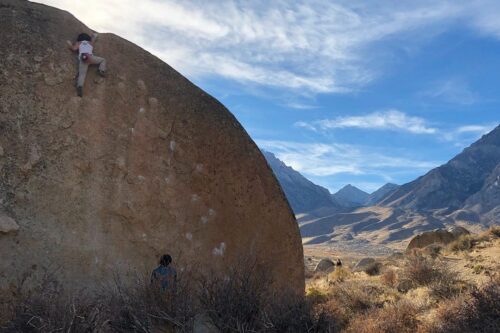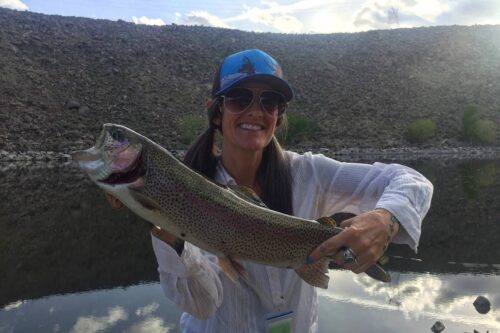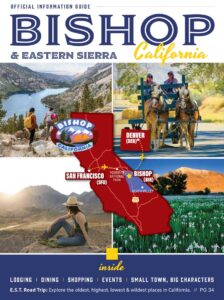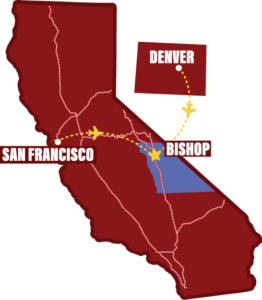Strategies for Wildlife Living in the Desert
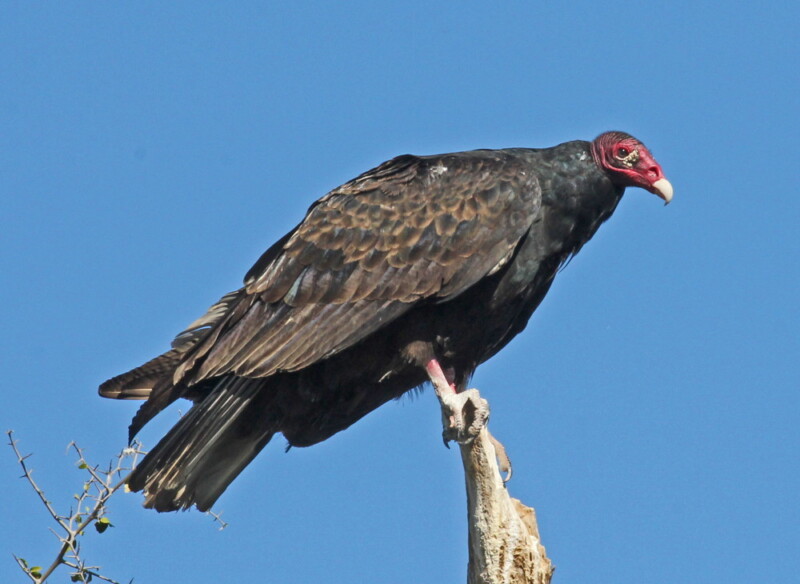
Guest Post by Tom & Jo Heindel
Deserts occur worldwide and all the wildlife that lives in these deserts faces similar challenges. Basically, deserts are areas with little rain, high evaporation rates, hot and windy summers, cold and windy winters, little open water, limited food, and sparse vegetation. Each biome and the habitats contained within it pose advantages and challenges for the wildlife and plants that live there. Much of the Eastern Sierra region is desert, Great Basin and Mojave types, and its wildlife has had to adapt to some demanding conditions.
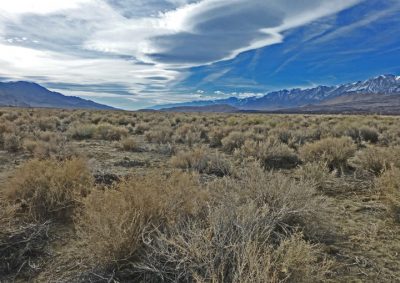
All plants and animals require water for life and the very business of living uses up water within the organism and more is needed to replace it. Animals lose water three ways: via respiration when breathing, via excretion in urine and feces, and cutaneously through the skin. It is critical that water intake equals water loss and if it doesn’t, the plant or animal weakens and dies.
The first strategy of animals is to drink water if surface water is available. In the western parts of Mono and Inyo Counties, there is an abundance of water in the Owens River, lakes, reservoirs and ponds but to the east water becomes more scarce. In the Great Basin and Mojave deserts, there is little surface water and the best indication that water is near is vegetation. Some birds can fly to an oasis, spring, or seep, and often flocks of Lesser Goldfinches, Mourning Doves, and House Finches can be seen flying into a small open water source. Other organisms like some insects, and quail must set up their residence within a short distance of a water supply. Alden Miller, who worked in the Grapevine Mountains along the Inyo County/Nevada border in June 1940, was irritated because he could not find a spring that he knew was there. How did he know it was there if he didn’t see it? Because he had seen Mountain Quail and they are never far from a water supply.
Plants and animals have developed a number of strategies to get water. Some plants store excess water in their roots, stems, and leaves for times when the ground is dry and some animals can absorb water directly from the plants or insects they eat or they can produce metabolic water from the breakdown of the seeds they have eaten. Kangaroo Rats produce all the water they need from the seeds they eat; a gram of dry food may produce 0.6 grams of water.
A second challenge for animals is temperature, both high and low. Optimal temperatures for metabolic processes are high. In mammals, the range is 97–99°F and in birds 104–108°F. These are just a few degrees below the lethal level for some tissues. Birds have developed several strategies to cope with desert temperatures. First is avoidance, by migrating north or south or choosing routes or times to avoid extreme temperatures, or by moving higher into the mountains to cool down, or by descending the mountains to the valleys to gain warmth. Another strategy is to hibernate like the Common Poorwill, or to enter torpor like some swifts and hummingbirds do to avoid the cold, or to build roosting nests lined with feathers like Verdins and Cactus Wrens, or to roost in tree trunks or cavities like woodpeckers, titmice, and small owls.
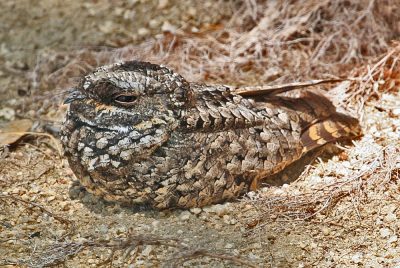
On a daily basis during the summer, another set of strategies are in effect to avoid the heat of mid day. Many birds become less active and often can be found sitting in the shade with their beaks open or panting to promote evaporative cooling. Some animals have adopted crepuscular or nocturnal patterns of activity to avoid the heat such as many different mammal species and a few bird species, like owls and nightjars. Say’s Phoebes often choose a nest site on a shaded cliff face and Burrowing Owls and mammals seek subterranean burrows that remain comfortable on the hottest of days. Vultures may urinate on their legs to promote evaporative cooling and Gambel’s Quail may dilate blood vessels in their unfeathered legs to promote conduction of body heat to the outside.
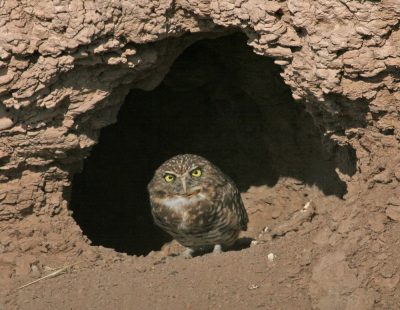
Written by:
Vickie Taton
Since taking a chance summer job in 1980, I've lived in and loved the eastern Sierra. Sometimes home is a place you've never been before, and that is how I felt driving north into Inyo and Mono Counties so many years ago. It really doesn't matter the activity; fishing, hiking, skiing, riding my horse or mountain biking, I love the clean air, the cobalt blue sky, the constantly changing weather. Welcome! I'm happy to share a little piece of this place with you.
